
Thread type Nil 00F 00N 00T Rc Add the valve and option part number under the manifold base part number. In the case of complex arrangement, specify them on the manifold specification sheet.
Characteristics 65 or less Cable length (L) 9 stations{ Conductor resistance /km, 20C 10 stations{ 11 stations{ 1.5 m AXT100-DS25-015 Cable 25 core x 24AWG 3 m AXT100-DS25-030 Voltage limit V, 1 min, AC SOL.A SOL.B 1000 5 m AXT100-DS25-050 12 stations{ SOL.B COM. Connector terminal no.
How to order manifold VV5Q14 P, R port size 08FS0 DN 00T SY 1. How to Order VQ0 VQ1000 VQ2000 1/4 1/4 5/16 Indicate an option symbol, K, for the manifold No. and be sure to specify the mounting position and number of stations of the single and double wiring by means of a manifold specification form.
(Coil temperature: 20C, at rated voltage, without surge suppressor) Note2) Impact resistance: No malfunction occurred when it is tested with a drop tester in the axial direction and at the right angles to the main valve and armature in both energized and de-energized states every once for each condition.
(Coil temperature: 20C, at rated voltage, without surge suppressor) Note 2) Impact resistance: No malfunction occurred when it is tested with a drop tester in the axial direction and at the right angles to the main valve and armature in both energized and de-energized states every once for each condition.
(Coil temperature: 20C, at rated voltage, without surge suppressor) Note 2) Impact resistance: No malfunction occurred when it is tested with a drop tester in the axial direction and at the right angles to the main valve and armature in both energized and de-energized states every once for each condition.
(Coil temperature: 20C, at rated voltage, without surge voltage suppressor.) Note 2) Impact resistance: No malfunction occurred when it is tested with a drop tester in the axial direction and at the right angles to the main valve and armature in both energized and de-energized states every once for each condition.
(Coil temperature: 20C, at rated voltage, without surge suppressor) Note 2) Impact resistance: No malfunction occurred when it is tested with a drop tester in the axial direction and at the right angles to the main valve and armature in both energized and de-energized states every once for each condition.
(Coil temperature: 20C, at rated voltage, without surge voltage suppressor.) Note 2) Impact resistance: No malfunction occurred when it is tested with a drop tester in the axial direction and at the right angles to the main valve and armature in both energized and de-energized states every once for each condition.
(Coil temperature: 20C, at rated voltage, without surge suppressor) Note 2) Impact resistance: No malfunction occurred when it is tested with a drop tester in the axial direction and at the right angles to the main valve and armature in both energized and de-energized states every once for each condition.
(Coil temperature: 20C, at rated voltage, without surge suppressor) Note 2) Impact resistance: No malfunction occurred when it is tested with a drop tester in the axial direction and at the right angles to the main valve and armature in both energized and de-energized states every once for each condition.
(Coil temperature: 20C, at rated voltage) Note 2) Impact resistance: No malfunction occurred when it is tested with a drop tester in the axial direction and at the right angles to the main valve and armature in both energized and de-energized states every once for each condition.
(Coil temperature: 20C, at rated voltage, without surge voltage suppressor.) Note 2) Impact resistance: No malfunction occurred when it is tested with a drop tester in the axial direction and at the right angles to the main valve and armature in both energized and de-energized states every once for each condition.
(Coil temperature: 20C, at rated voltage) Note 2) Impact resistance: No malfunction occurred when it is tested with a drop tester in the axial direction and at the right angles to the main valve and armature in both energized and de-energized states every once for each condition.
Series: 3 (VQZ3000), Stations: 20 Stations
Series: VQZ3000, Stations: 20 Stations, Option: -, Thread: -, Q: -
Series: 3 (VQZ3000), Stations: 20 Stations, Option: None, Thread: Rc, Q: Q (CE Marked)
Series: VQZ3000, Stations: 20 Stations, Option: None, Thread: Rc, Q: CE Marked
Series: 3 (VQZ3000), Stations: 13 Stations, Option: None, Thread: 00T
Series: 3 (VQZ3000), Stations: 15 Stations, Option: None, Thread: 00T
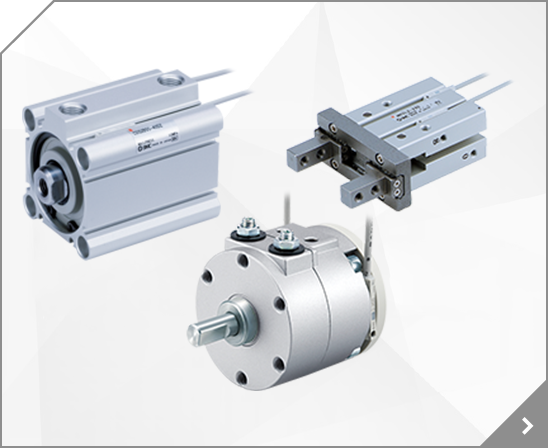


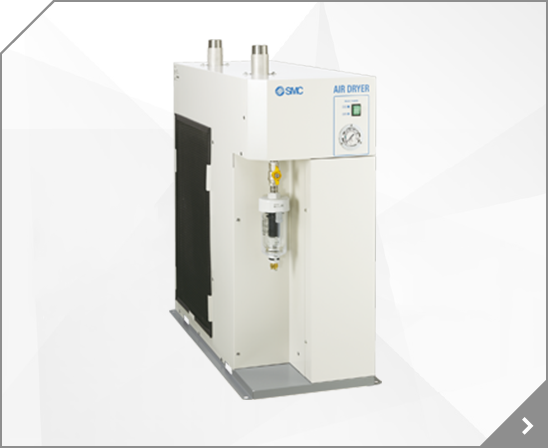
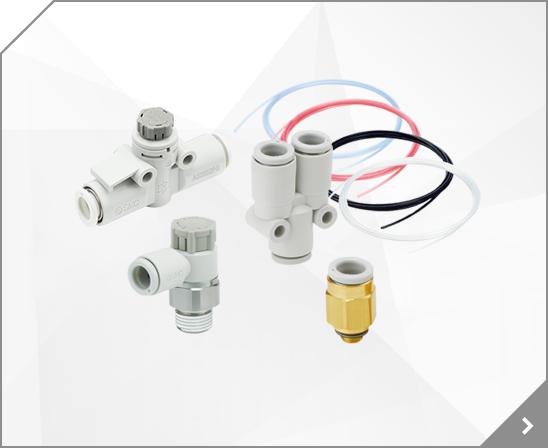
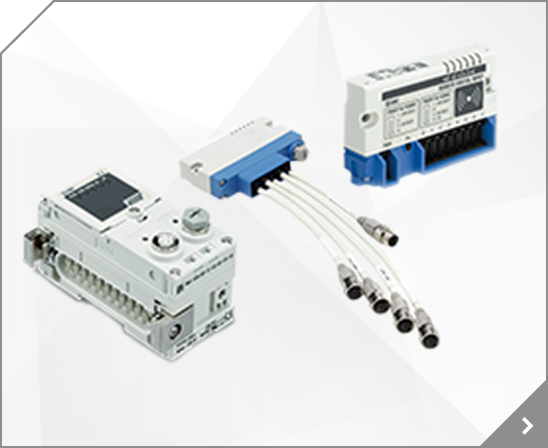
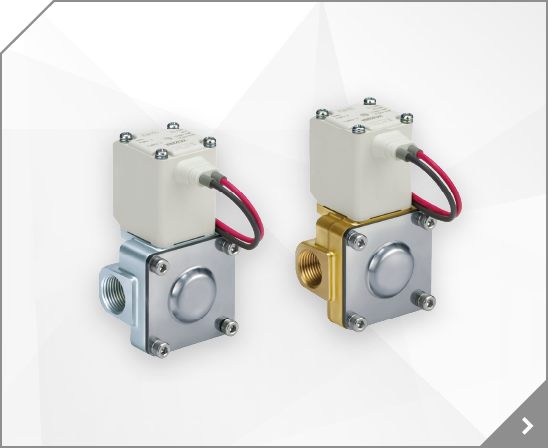
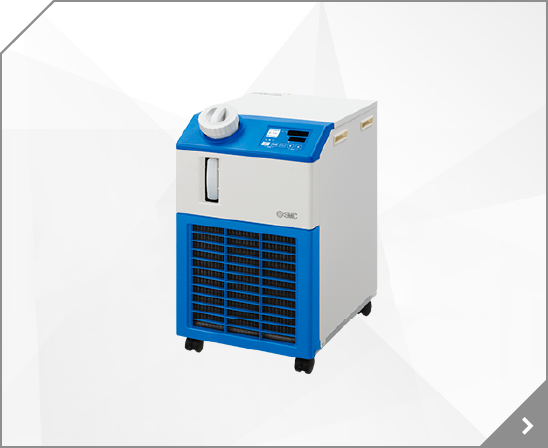
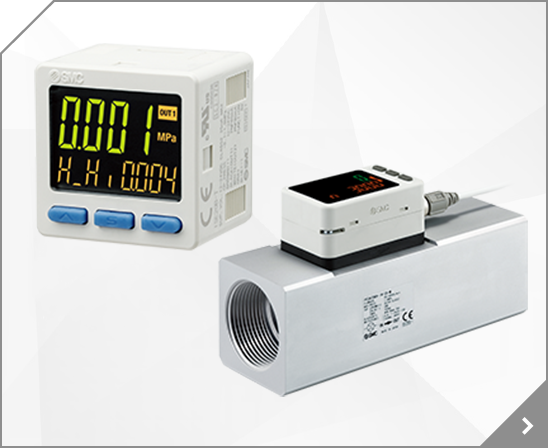
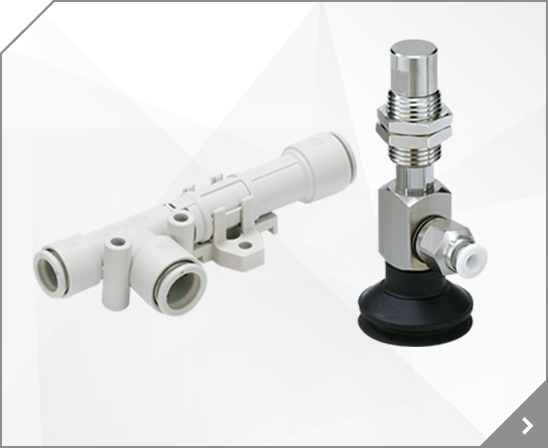

 Intrinsically Safe Valve
Intrinsically Safe Valve